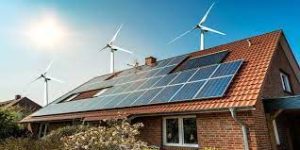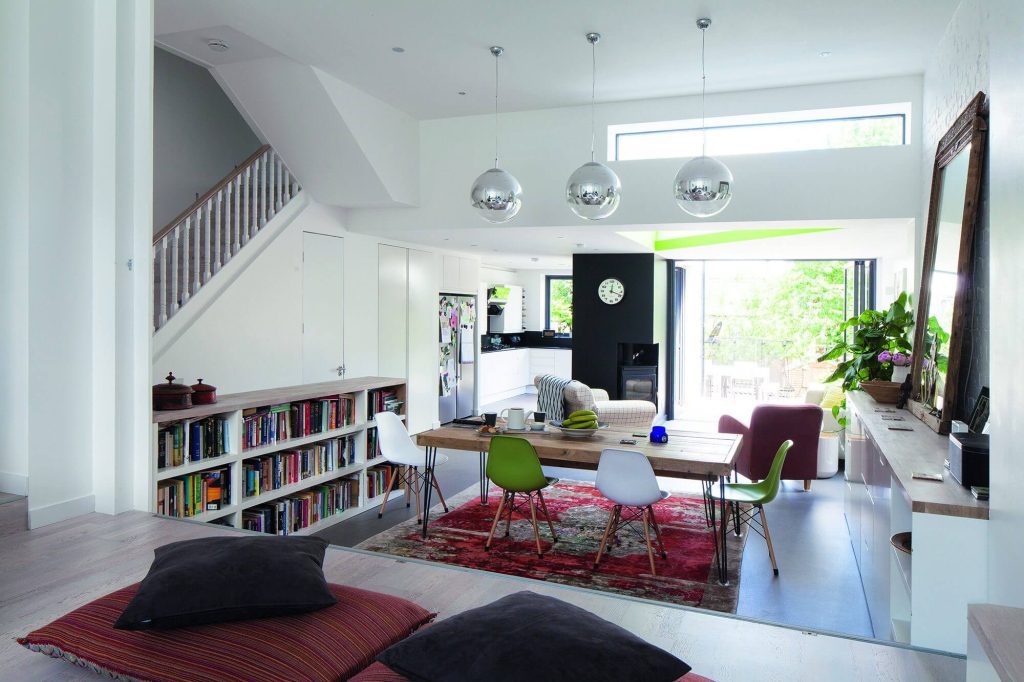Making the most of natural light is the first step towards creating an energy-efficient home. Installing energy-efficient windows can help you live with less artificial lighting during the day by letting the sun stream into your rooms. Furthermore, carefully arranging mirrors can enhance natural light, making the space feel lighter and cozier.
Invest in Smart Thermostats
Getting a smart thermostat is one of the easiest yet most effective energy-efficient home upgrades. With the help of these gadgets, you may more effectively control the temperature in your house by modifying the settings according to your daily schedule. Smart thermostats, which can adjust to your habits and tastes, not only improve comfort levels but also significantly reduce energy consumption by reducing the time spent heating or cooling when it isn’t needed.
Stop the Leaks
A house with adequate insulation is essential for energy efficiency. Find any air leaks in windows, doors, and other possible openings, and seal them. For a reasonable price, weatherstripping and caulking can stop drafts and keep inside temperatures constant. In addition to lowering your dependency on HVAC systems, proper insulation also results in long-term energy savings.

Select Energy-Saving Appliances
When it’s time to upgrade, choose energy-efficient options for your home appliances. Watch for the ENERGY STAR logo, which certifies that the device meets stringent EPA energy efficiency standards. Purchasing energy-efficient products, such as washing machines and refrigerators, minimizes your ecological footprint and lowers monthly power costs.
Adopt Sustainable Energy Sources
Think about equipping your house with sustainable energy sources. For example, solar panels can produce electricity by using the sun’s energy, lessening your need for conventional energy systems. For homeowners who are committed to sustainability, the initial cost may appear high, but in the long run, the savings and the beneficial environmental impact make it a desirable choice.

Effective Lighting Options
Replace your old incandescent lightbulbs with more energy-efficient LED or CFL options. These bulbs use much less energy and have a longer lifespan.
Water-Sparing Techniques
Water conservation is a feature of energy-efficient home remodeling that is frequently disregarded. To save water without sacrificing functionality, install low-flow showerheads and faucets. As soon as you notice a leak, fix it because dripping faucets can waste an unexpected quantity of water over time.
In conclusion, making thoughtful decisions and calculating improvements are all necessary steps in building an energy-efficient home. Every action you take, such as maximizing natural light or utilizing renewable energy sources, makes your home greener and more sustainable.
